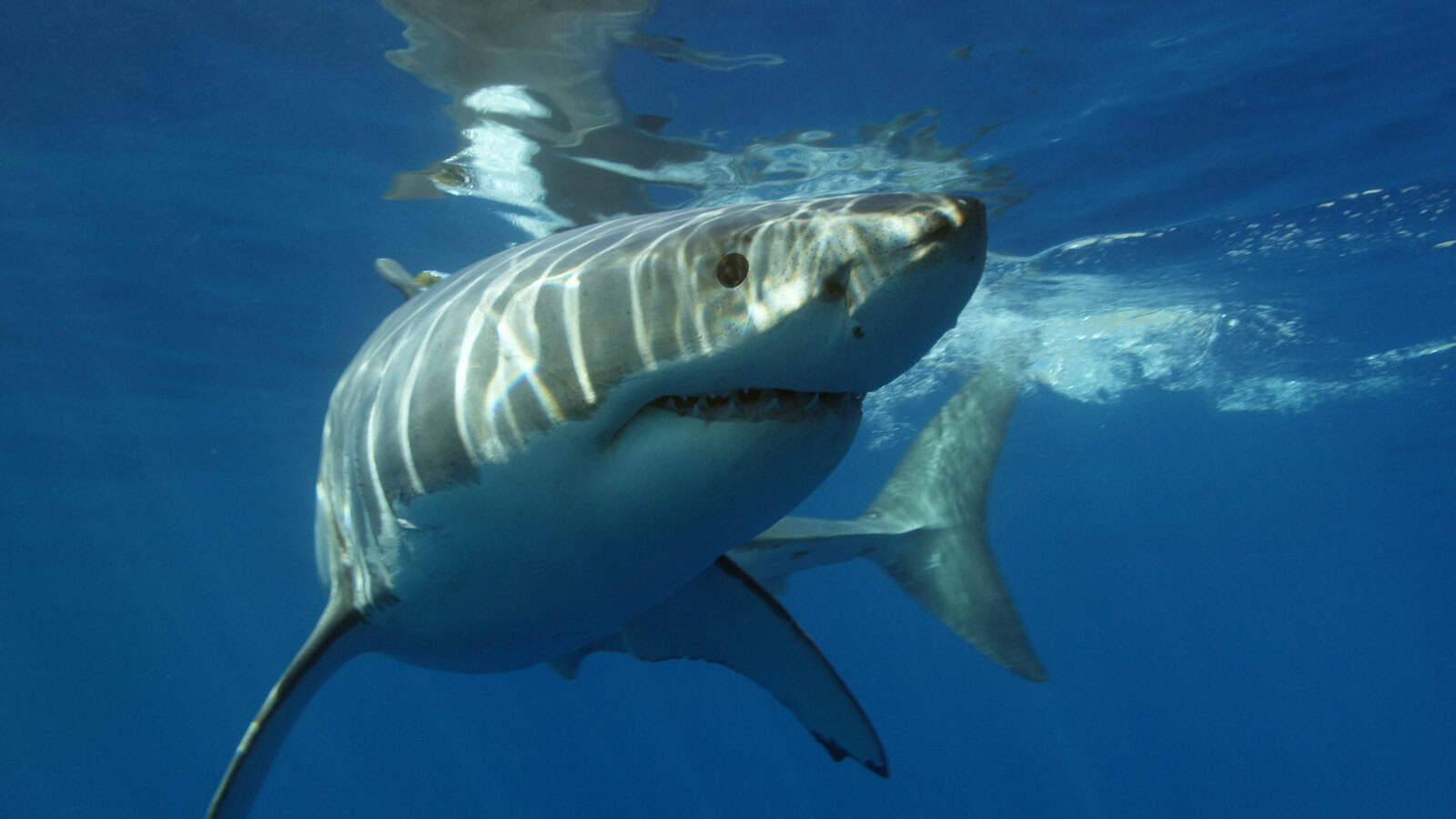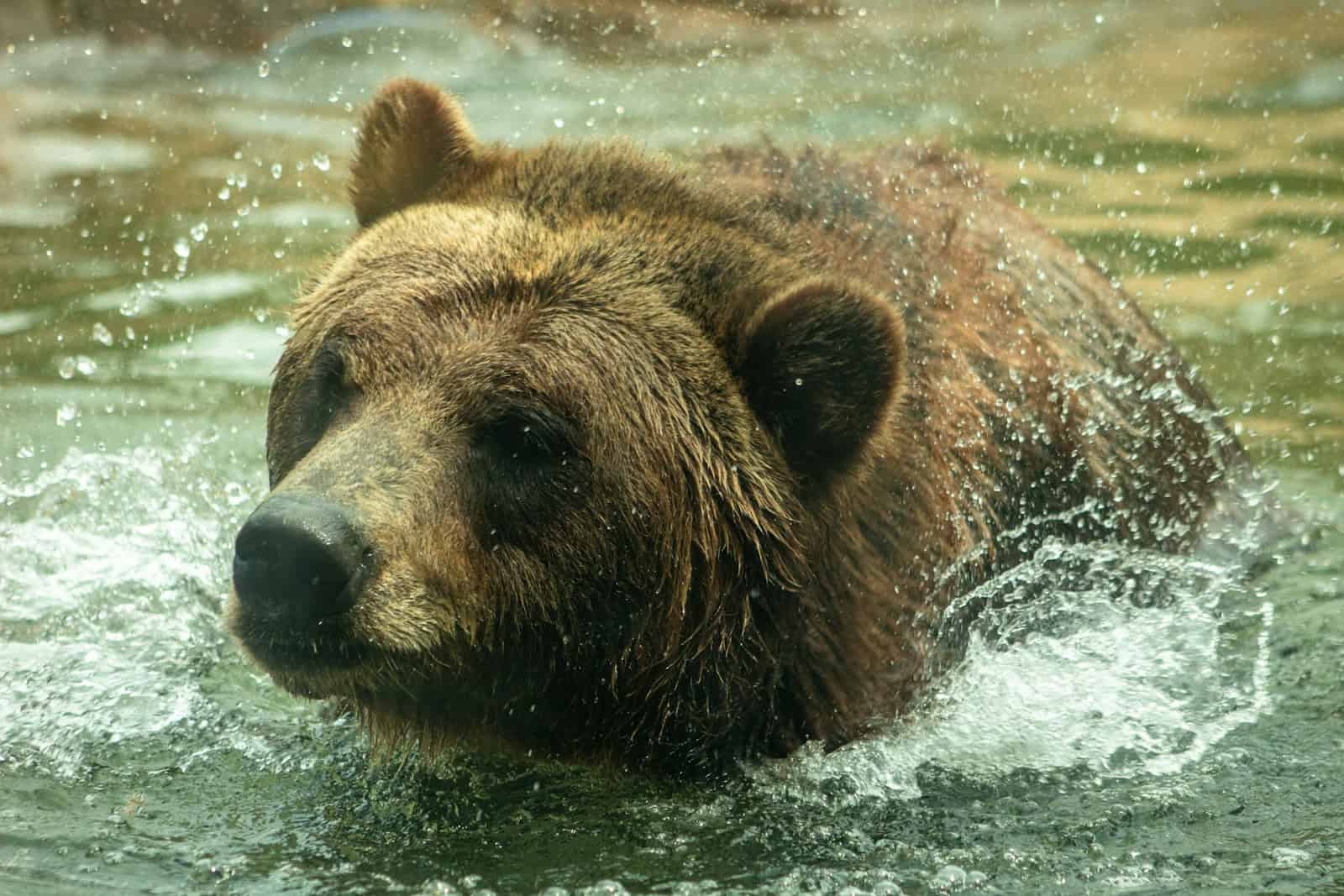Wild animals survive through a combination of physical traits and behaviors that have evolved over time. One of the most fascinating and significant traits for many predators and some herbivores is their powerful bite. Bite force is typically measured in pounds per square inch (PSI), providing an index of the strength an animal can exert through its jaws. This strength enables animals to break bones, crush shells, or subdue prey, and it is a critical aspect of their ability to survive and thrive in their respective habitats.
Understanding the strongest bite forces in the animal kingdom offers insight into the relationship between animals’ physical attributes and their ecological roles. Among the diverse range of species, certain animals have developed remarkable jaw strength. The saltwater crocodile leads with an impressive bite force, followed by the Nile crocodile and several other formidable contenders like the jaguar and the hippopotamus. Their powerful bites are not only a tool for hunting and self-defense but also a fascinating subject for scientists interested in the biology and mechanics of such forces.

Animals with The Strongest Bite Force (RANKED)
Important Notes:
- PSI and Overall Strength: While bite force is one indicator of an animal’s power, it’s not the sole factor. Size, fighting style, and other traits also play significant roles.
- Estimation: Some animals on the list might have estimated bite forces, particularly those challenging to measure directly.

Bite Force in the Animal Kingdom
Bite Force and Body Size: Strength Beyond Scale
While sheer bite force is impressive, the relationship between an animal’s bite force and its body size reveals even more fascinating insights. Some smaller creatures pack a surprisingly powerful punch relative to their stature. The Tasmanian devil, for instance, boasts a bite force of 553 psi, which is remarkably strong considering its relatively small size. This allows it to crush bones and consume entire carcasses, showcasing the importance of bite force beyond mere size.
Bite Force and Hunting Strategies: A Tool for Survival
Bite force is not just a number; it’s a crucial tool that shapes an animal’s hunting strategies and survival tactics. Different species have evolved unique ways to utilize their bite force to their advantage.
- Bone Crushers: Hyenas, with their incredibly powerful jaws, can crush bones to access nutritious marrow, giving them an edge in scavenging.
- Quick Killers: Big cats like lions and tigers rely on a swift, powerful bite to the neck to suffocate or sever the spinal cord of their prey, ensuring a quick and efficient kill.
- Piercing Predators: Animals like the jaguar use their sharp teeth and strong bite force to puncture tough hides and even turtle shells, accessing prey that other predators might avoid.
The Evolution of Bite Force: Adapting to Survive
Bite force has evolved over millions of years, driven by the constant pressures of survival and competition. The development of powerful jaws and teeth has allowed certain species to thrive in their respective environments.
- Predatory Pressures: Carnivores that hunt large, dangerous prey have evolved powerful bites to subdue their quarry quickly and efficiently.
- Dietary Adaptations: Herbivores that consume tough vegetation, like the hippopotamus, have developed strong jaws and teeth to process their food.
- Competition for Resources: In environments with limited resources, a strong bite can give an animal an advantage in competing for food and mates.
Bite Force and Ecosystem Dynamics: The Balance of Power
Bite force plays a crucial role in maintaining the delicate balance of ecosystems. It influences predator-prey interactions, shaping the populations of different species and the overall flow of energy through the food web.
- Predator-Prey Interactions: The bite force of a predator can determine which prey it can successfully hunt, influencing the abundance and distribution of prey species.
- Competition Among Predators: Bite force can also play a role in competition between different predator species, with those possessing stronger bites potentially having access to a wider range of prey.
- Ecosystem Stability: The balance of bite forces among predators and prey helps maintain ecosystem stability, preventing any single species from dominating and disrupting the natural order.
Bite Force in the Prehistoric World: Giants of the Past
The fossil record reveals a fascinating history of bite force in extinct animals. Some prehistoric creatures possessed jaws and teeth that dwarf those of any living animal.
- Megalodon: This giant prehistoric shark is estimated to have had a bite force of up to 40,000 psi, making it one of the most powerful predators ever to exist.
- Smilodon: The saber-toothed cat used its elongated canine teeth and powerful bite to take down large prey, showcasing a unique hunting strategy.
- Tyrannosaurus Rex: While estimates vary, the T. rex is believed to have had a bite force of around 12,800 psi, allowing it to crush bones and tear through flesh with ease.
Key Takeaways
- Bite force is a critical survival trait for many animals, leading to fascinating adaptations in the animal kingdom.
- The saltwater crocodile possesses the most powerful bite, reflecting its top position in its food chain and habitat.
- Studying animal bite forces enhances our understanding of their ecological roles and survival strategies.
Examining the Powerhouses of Bite Force
The animal kingdom exhibits an impressive range of bite forces, critical for survival and hunting. Let’s explore the animals that have turned powerful bites into an art form, from the ocean depths to the forest’s heart.
Marine Megafauna: Saltwater Crocodile and Great White Shark
The Saltwater Crocodile (Crocodylus porosus) is known for having the most powerful bite in the world, measured at over 3,700 pounds per square inch (psi). These reptiles leverage their strong jaw muscles and sturdy teeth to crush their prey’s bones. The Great White Shark (Carcharodon carcharias), with a formidable bite force of approximately 4,000 psi, relies on its razor-sharp teeth and robust jaw muscles to capture and dismember prey in the ocean’s ruthless environment.
Land Giants: Tigers, Bears, and Lions
Among land predators, the Tiger stands out with a bite force of around 1,050 psi. Alongside them, Bears like the massive Polar Bear and the Grizzly Bear exhibit remarkable jaw strength to overpower large prey and defend themselves. The Lion’s bite, at around 650 psi, plays a key role in their hunting technique, showcasing the power necessary for taking down animals many times their size.
Small Yet Mighty: Hyenas and Jaguars
The Spotted Hyena (Crocuta crocuta) may surprise many with a bite registering at 1,100 psi, which is essential for cracking bones to consummate every scrap of their kill. The Jaguar (Panthera onca) amasses a bite force of 1,500 psi, the top among big cats, allowing it to pierce through tough reptile skins and even turtle shells.
Reptilian Crushing Power: Crocodiles and Alligators
Crocodiles, including the Nile Crocodile, exhibit profound biting strength, adapted over millennia to become apex predators in their ecosystems. Similarly, the American Alligator (Alligator mississippiensis) with a bite force of 2,125 psi, uses its muscular jaws to capture a variety of prey, showcasing the sheer power of these reptilian hunters.
Other Notable Mentions: Gorillas and Big Cats
The Gorilla (Gorilla gorilla), with a powerful yet less frequently used bite force of around 1,300 psi, has strong jaws that are more often employed in foraging than active predation. Other big cats, such as leopards and cheetahs, also have significant biting strength, although not topping the charts, they play a decisive role in their survival as predators.
The Biological Fundamentals of Bite Force
Understanding bite force involves exploring the anatomy responsible for powerful bites, the influence of diet on bite strength, and the pressures of survival that drive the evolution of this trait. Measuring this force offers insight into the predatory capabilities of various species.
Anatomy of a Powerful Bite
The foundation for a powerful bite lies in an animal’s skull structure, jaw muscles, and teeth. Predators like the saltwater crocodile and the great white shark are designed with robust jaws and reinforced skulls that can handle high-pressure impacts.
- Skull and Jaw Structure: The strength of the skull and jaws needs to support the intense pressure exerted during a bite.
- Jaw Muscles: Muscles like the masseter and temporalis give the jaw its ability to clamp down with force.
- Teeth Shape and Sharpness: Key for slicing or crushing, the teeth of carnivores are often pointy and curved, like those of big cats or serrated like the teeth of sharks.
The Role of Diet in Bite Strength
Diet directly impacts an animal’s bite strength. Carnivores that hunt tough prey, such as lions and tigers preying on zebras, or omnivores like grizzly bears eating hard nuts and tough roots, develop stronger bites to puncture, crush, or chew their varied food sources.
- Meat-eaters: Predators like lions need strong bites to capture and dismember prey.
- Omnivores: Bears consume a mixed diet that requires biting through a range of textures, from flesh to fibrous plants.
- Vegetation: Animals like the hippopotamus, despite being herbivores, process large volumes of tough vegetation, leading to significant jaw strength.
Bite Force As a Survival Mechanism
Bite force can be critical for survival, serving roles in hunting, self-defense, and competition among species. A notable bite enables an animal to fend off competitors, kill prey effectively, and deter predators.
- Hunting Success: Efficient hunters like the jaguar use a strong bite to subdue prey quickly.
- Territorial Defense: High bite force is used by animals like the Nile crocodile to defend their territory.
- Predator Defense: The prey’s survival often depends on their ability to withstand attacks, where a strong bite can be a deterrent.
Estimating Bite Force: PSI and Newtons
Scientists estimate bite force in pounds per square inch (psi) or newtons by studying the animal’s jaw anatomy and muscle mechanics. Historical data and simulations aid in approximating the bite force of extinct predators like the Tyrannosaurus rex.
- Measuring Techniques: Biologists use models and direct measurement to gather data on living animals.
- Extinct Species: Fossil analysis and musculoskeletal modeling help estimate bite forces of long-gone creatures.
- Comparisons: The force exerted by a human bite is much lower than that of wild animals; for instance, the great white shark’s bite force is exceedingly greater compared to a human’s.
Frequently Asked Questions
When delving into the topic of bite force, a few questions frequently emerge. This section aims to answer some of the most common inquiries regarding the strongest jaws in the animal kingdom.
What animal currently holds the record for the strongest bite force?
The saltwater crocodile is recognized as the animal with the strongest recorded bite force. Its tremendous jaw strength reaches an astonishing 3,700 pounds per square inch (psi).
Which dog breed has the strongest bite force?
The Kangal, a breed originally used for guarding livestock in Turkey, has the strongest bite force of any dog breed, registering at 743 psi.
How does human bite force compare to other animals?
Humans have a relatively modest bite force, averaging about 120 to 170 psi. This is significantly lower than many other species, both domesticated and wild.
What is the bite force of a saltwater crocodile?
The bite force of a saltwater crocodile is the most powerful among all living animals, measuring up to 3,700 psi.
How strong was the bite force of a Tyrannosaurus rex according to scientific estimations?
Scientists have estimated that a Tyrannosaurus rex had a bite force of around 12,800 psi, which made it one of the most fearsome carnivores of its time.
What is the recorded bite force of an orca, measured in psi?
Orcas, also known as killer whales, have a bite force that has been measured at around 19,000 psi. However, precise measurements can be challenging, and this figure may vary.






![Air gun 101: The differences between .177 & .22 – Which jobs they do best ? [Infographic]](https://airgunmaniac.com/wp-content/uploads/2020/09/g44-218x150.jpg)



































